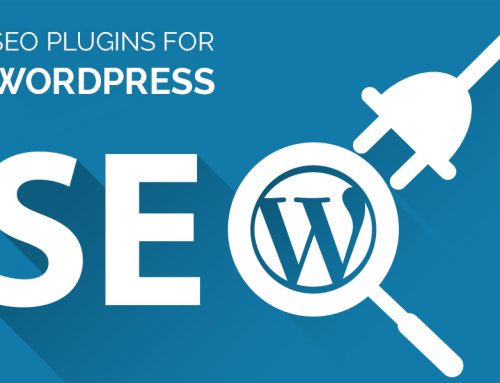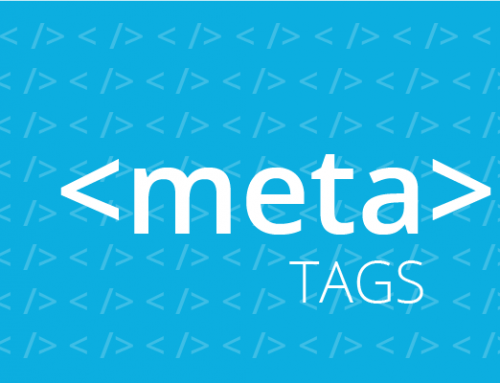Using Storytelling As a Marketing Tool
The power of storytelling is not a revolutionary idea — people have been using storytelling to impart information and convey meaning since the dawn of humanity. But even though storytelling has a long history as a valuable communication technique, brands are recognizing that its potential as a marketing tool is magnified in the digital age.
The power of storytelling
The reason is that there are so many more avenues for storytelling than there used to be. Where once we only had print and television ad formats to tell brand stories, we now have social media, digital video, brand websites, digital audio, and more at our fingertips. Opportunities for brand storytelling are everywhere.
Before we look at ideas for using storytelling as a marketing tool for your brand, let’s first look at the reasons storytelling is so effective.
At a most basic level, storytelling is effective because humans are hardwired to respond to stories. Before written language, oral storytelling was the way people acquired and passed on knowledge. Stories represented a way to unify communities and to warn others of threats and dangers out in the world. Throughout history, people used stories to survive. Given humanity long history with storytelling, it makes sense that its power continues to endure.
Part of the power of storytelling is also the fact that stories help people connect with a concept or idea on an emotional level. That’s important because regardless of how logical and rational we claim to be, anything that delivers an emotional punch is more likely to cause a reaction or to affect us in some way. An idea that’s connected to a story is also more memorable than one that isn’t, so stories improve recall. We can see this concept illustrated throughout the history of advertising — the most memorable ads are not the ones that contain a hard sell, but the ones that tell a story about what a product, service, or company can mean to us.
Using storytelling for your brand
It’s clear that storytelling is a useful mechanism for delivering a message that is impactful and memorable. Here are a few specific ways you can use it as a marketing tool.
1. Tell your origin story
Storytelling is a great way to demonstrate your brand’s origins and give people an idea of what your brand stands for. Luxury brands do this particularly well because they have long recognized that a legacy of innovation, design, and craftsmanship is what sets them apart. They use storytelling — the story of a founder, for example — to convey history and authority.
But telling the story of your brand’s beginnings is not a tactic reserved for those in the luxury market — all brands with a compelling reason to be in business can benefit from telling their story to consumers. What’s more, using storytelling to detail your brand’s origins is also a way of inserting personality into your marketing, helping consumers connect with you on a more meaningful level.
But telling the story of your brand’s beginnings is not a tactic reserved for those in the luxury market — all brands with a compelling reason to be in business can benefit from telling their story to consumers. What’s more, using storytelling to detail your brand’s origins is also a way of inserting personality into your marketing, helping consumers connect with you on a more meaningful level.
2 – Tell your customers’ stories
Testimonials are a powerful way to showcase satisfied customers, with the aim of converting prospects into more satisfied customers. But not all testimonials are equally compelling. Many companies throw testimonials up on their websites as an afterthought — and what they end up with is a couple of short quotes from customers about how much they loved working with the company. These kinds of testimonials are okay, but they aren’t compelling. What’s more interesting, and far more memorable, is when you can create customer testimonials that tell a story.
Successful customer stories demonstrate a need the customer had, show how the company or product came in to fill that need, and end by detailing the ways the customer’s life has been improved, in one way or another, by the company or product.
Tesla does this well in their series of customer stories — a mix of video testimonials and stories written by customers themselves. These stories show real Tesla customers interacting with their cars and they get at the heart of how being a Tesla owner has improved the customer’s life in meaningful ways

3 – Tell your employees’ stories
Your employees are a fundamental element that helps define who you are as a company. You can use storytelling to showcase their achievements and hero them as ambassadors for your business. The types of people you employ, and the things they’re passionate about, say a lot about your company’s values and culture. Focusing on their stories helps communicate that culture to audiences who will connect with employee stories on an emotional level.
Environmentally-friendly clothing company, Reformation, showcases short employee story videos on Instagram. The videos feature Reformation employees who work behind-the-scenes in the factory where the clothes are made. For a company that values sustainability, a video series showcasing the factory employees who are the backbone of sustainable factory practices is a solid storytelling approach.
There are many ways you can use storytelling as a marketing tool — whether it’s to tell your own story, your customers’ stories, or the stories of the people who make your business what it is. Just remember that even though you’re telling stories, it’s still important to represent yourself truthfully. Consumers respond to authenticity. Storytelling that allows you to bring personality and candor to your marketing is a powerful means of delivering the authenticity that consumers crave.
Credits: Blue Fountain Media






